Wet cooling towers rely on the latent heat of water evaporation to exchange heat between the process and the air passing through the cooling tower. In wet cooling towers, heat transfer is measured by the decrease in the process temperature and a corresponding increase in both the moisture content and the wet bulb temperature of the air passing through the cooling tower. (There also may be a change in the sensible, or dry bulb, temperature, but its contribution to the heat transfer process is very small and is typically ignored when designing wet cooling towers.) Wet cooling towers typically contain a wetted medium called “fill“ or “packing” to promote evaporation by providing a large surface area and/or by creating many water drops with a large cumulative surface area . Wet type of cooling towers can be Counterflow or Crossflow, Closed or Open circuit, Forced or Induced draft with Steel, FRP or Concrete body.


